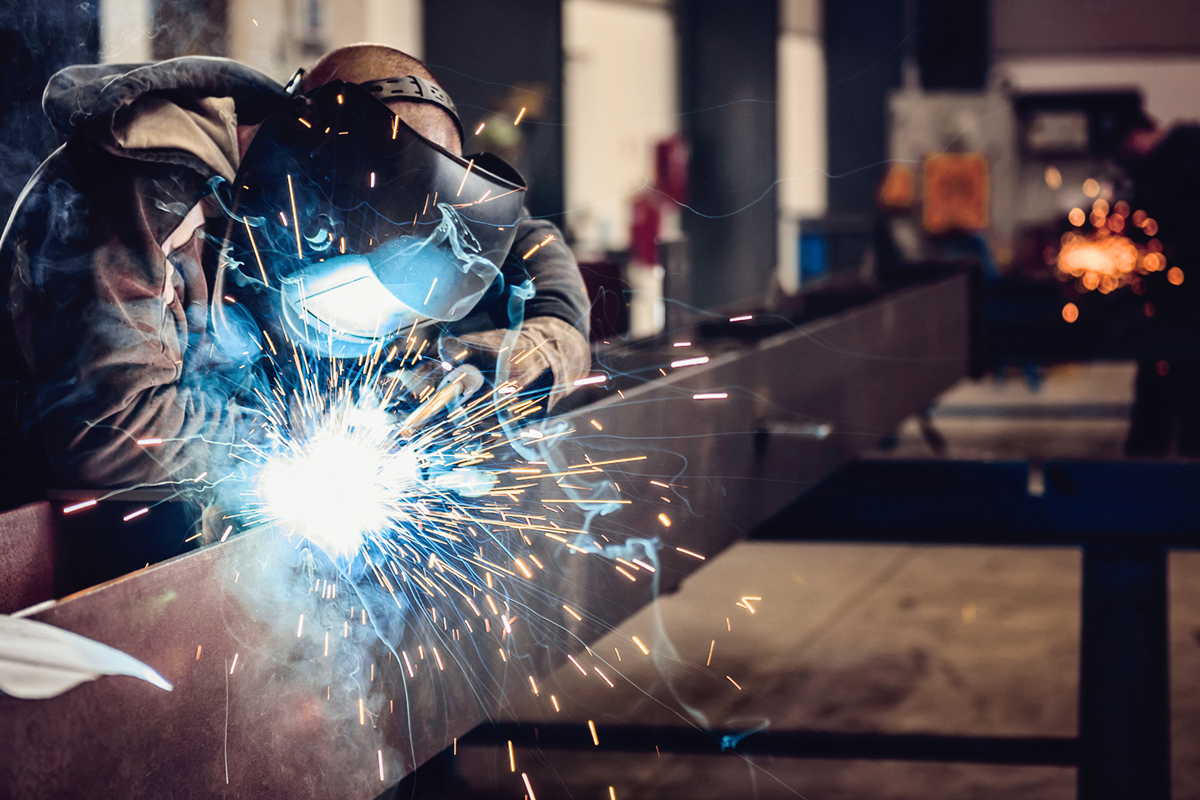

Metalworking Today: Three Trends to Watch
By Brad Laux, Director, Metalworking Segment Strategy, Grainger 5/1/19


Business is booming at North American metalworking plants, where a robust construction market and healthy economy is keeping work pipelines full and bottom lines healthy. Having endured the Great Recession years and the economic downturn, the modern-day metalworking company has a heavy workload, an ample customer base, and good prospects for the future over the next few years. Of course, all business booms come with their own set of challenges. For this year’s Metalworking Industry Report, Grainger conducted hundreds of 20-minute, online surveys with key stakeholders in the metalworking industry reporting their perceptions of current business conditions, key challenges they’re facing, and the changes that are impacting individual companies within the industry.
Advanced technology continues to play a major role in the Industry 4.0 movement, which finds more and more manufacturers utilizing connected, automated systems to run their operations. According to the survey, keeping pace with these technological changes is “somewhat challenging” for 48% of metalworking firms, 44% of which say the cost of the new technology presents a challenge to their budgets.
The types of technology currently deployed at metalworking firms is both wide and varied, and it’s helping these companies work smarter, better, and faster. Currently, 17% of metalworking companies have high-speed machining (HSM) programs in place while 5-axis/universal machining and multi-task equipment (e.g., twin turret, turn-mill) equipment is being used by 13% of firms, respectively. Ten percent of customers are using 3D/additive for prototyping while 5% are using it for product parts.
Over the next three years, survey respondents say their top initiatives will include rebuilding some existing equipment to original specifications to meet changing customer requirements; adding new processing equipment; diversifying their product lines; and utilizing stronger, more focused recruiting efforts. Other strategies that metalworking firms are using to optimize their practices include lean manufacturing processes (28%), production monitoring and planning systems (27%), ongoing improvement processes like Six Sigma (23%), and supplier/vendor optimization analysis (18%).
As the metalworking industry continues to work through some of the current industry challenges, it plans to leverage more advanced technology (sensors, Internet of Things, artificial intelligence) in order to maintain competitive advantage. Each new year brings a new set of challenges and opportunities for all manufacturing sectors, and metalworking will surely withstand—and prevail over—the challenges put in front of it while also benefitting from emerging opportunities.
Brad Laux is responsible for the Metalworking category at Grainger. Prior to leading the Metalworking Strategy, Brad launched the Metalworking Specialist Program which has grown from 5 markets to covering most of the U.S. During his 9-year tenure at Grainger, Brad has also successfully led Sales Districts and Service Teams.
The information contained in this article is intended for general information purposes only and is based on information available as of the initial date of publication. No representation is made that the information or references are complete or remain current. This article is not a substitute for review of current applicable government regulations, industry standards, or other standards specific to your business and/or activities and should not be construed as legal advice or opinion. Readers with specific questions should refer to the applicable standards or consult with an attorney.






